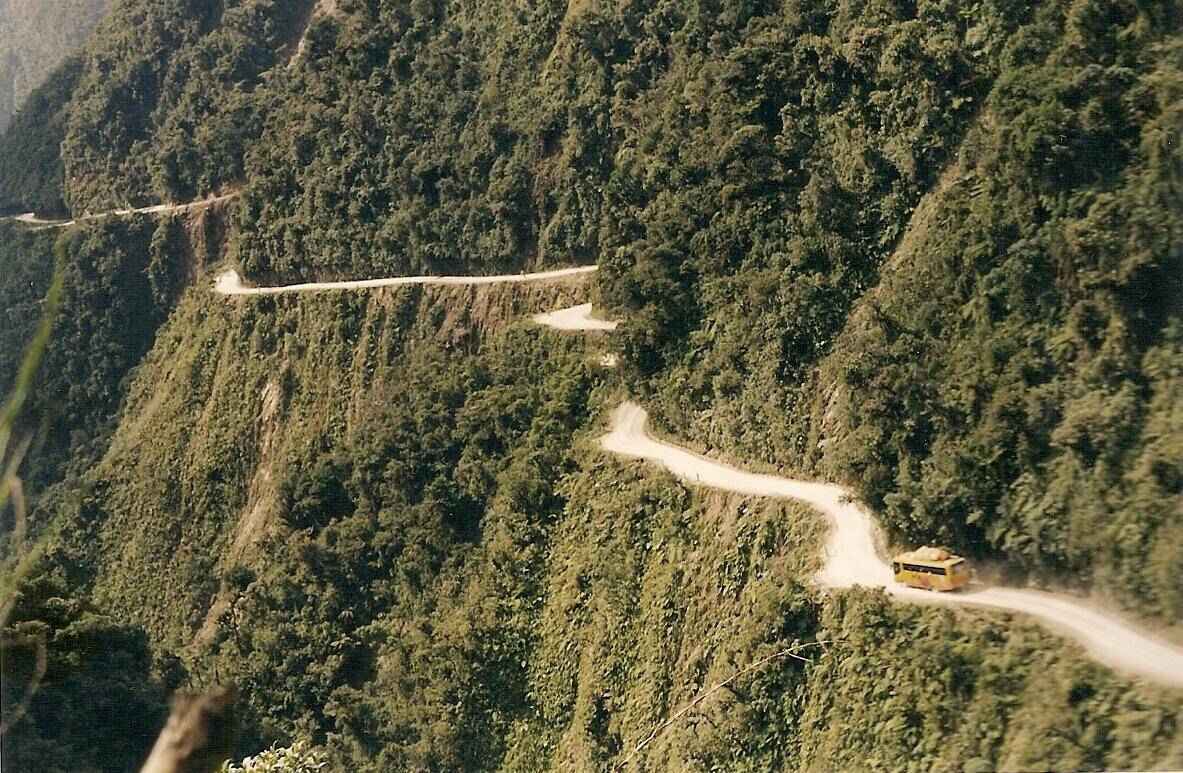Economic Measures
1. GDP
2. GDP Per Capita
3. Life Expectancy
4. Poverty Rate
5. Literacy Rate
6. Unemployment Rate
7. Inflation
*As of 2014*
Peru's Resources
Natural Resources
Peru's natural resources are copper, silver, gold, timber, fish, iron ore, coal, phosphate, potash, and natural gas.
Due to Peru's geography there are many different climates, but they can be separated into three main regions: jungle, mountains, and coast.
The Coast: The north coast has as a short rainy season in November and December. The south coast has two seasons, winter and summer. Winter is from April to October and summer is from November to March.
The Mountains: There are two season when in the mountains, which are opposite of the coast. Summer is from April to October and winter from November to March. In the summer they have sunny days and cold nights with very little rain. In the winter it rains much more.
The Jungle: Like the climate in the mountains, there are two seasons in the jungle. Rainy season from November to March, and dry season from April to October. There is high humidity during both seasons.
In the Andean Amazon there are many rivers due to the water coming down from the Andes Mountain range. A few of the larger ones are Maranon, Huallaga and Ucayali. Most of the rivers join into the Amazon river.
Labor
The size of the labor force in Peru is 15475963.60
The Peruvian Educational System is divided into four sections:
- Basic or Initial Education
This is for children 3 to 5 years old. One year of initial education is mandatory for children 5 years of age.
Children will stay in primary school for six years. To pass on from primary education, students need an average mark of 11 in a 20-point evaluation system, and have to have passed at least language or mathematics
Secondary Education is split into two cycles, the first cycle is a two year period which is mandatory for all children. The second cycle last three years and is optional to learn more in arts.
This allows people to pick a field and take classes to become certified, or to attend a university and earn their bachelor's and master's degrees.
Climate information found at :
http://www.peru.travel/about-peru/location-geography-and-climate.aspx













